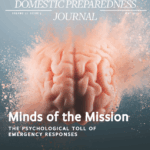
Archives

Scouts have been trained to stay calm under pressure, take meaningful action in moments of uncertainty, and support others in times of crisis. Their role in emergency response should not be underestimated.
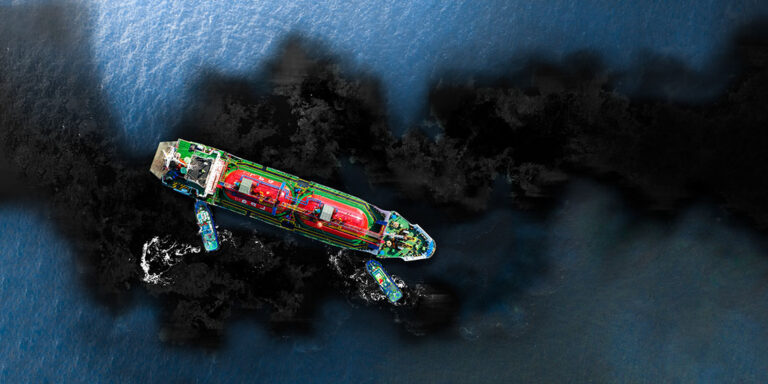
Psychosocial Hazards: Preventing Human-Caused Disasters
May 28, 2025
Some of the greatest human-caused disasters in modern history can be attributed to unaddressed psychosocial hazards. Flawed safety cultures contribute to tragic outcomes in which concerns are not taken seriously and dissent is stifled. Learn how to take precautions against a preventable disaster.
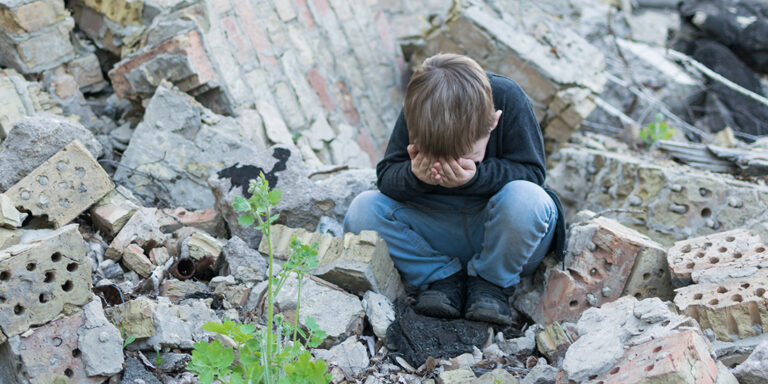
Meeting the Psychosocial Needs of Child Survivors
May 21, 2025
Without adequate support and resources, disasters can leave lasting psychological effects on children. In the United States, an estimated 14% of children experience a natural disaster during childhood. Providing psychosocial support is essential in helping them cope with these challenges, thereby building resilient communities.

Physical and Mental Injuries in First Responders: Why Wait?
May 14, 2025
First responders undergo intense physical training to ensure they are physically prepared for emergencies. Yet despite the high-stress nature of their work, mental fitness is not given the same priority. To truly support first responders, mental wellness must be fully integrated into recruit training programs and proactively addressed throughout their
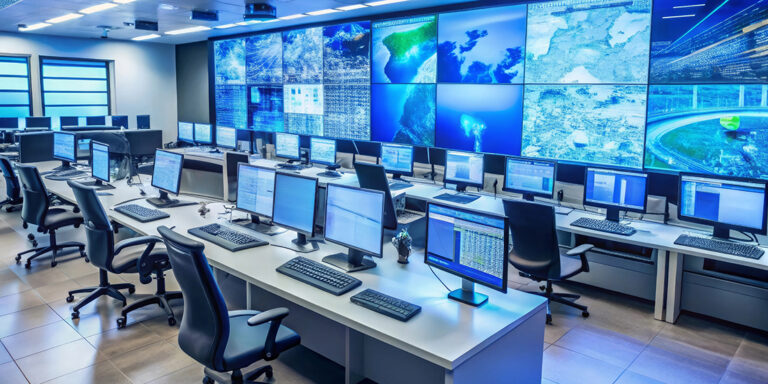
Disaster Stress Management in an Emergency Operations Center
May 7, 2025
Disasters affect responders and community members, but they also bring trauma to those working inside emergency operations centers. Distance from the scene does not create a shield from stress. Secondary traumatic stress can impair leadership, so managing this stress is vital for effective emergency response.
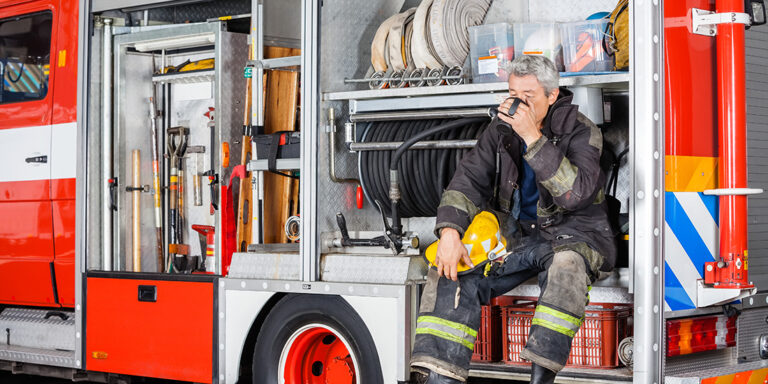
A Holistic Strategy for Responders’ Well-Being
May 7, 2025
First responders and emergency managers face constant, high-pressure stress from trauma, long hours, and critical decisions. This often leads to chronic stress, increasing risks of heart disease, mental health issues, and substance abuse. Their ability to help others depends on prioritizing their own well-being through proactive self-care.

AI Software in 911 Dispatch Centers: An Innovative Solution
April 2, 2025
Coupled with continued staffing challenges, mental health and work-life balance difficulties in emergency call centers are cause for concern. By allowing artificial intelligence (AI) to take some of the burden off from existing staff and leadership, focus can be returned to where it is most needed within each center.

Crisis Communications: Reaching Teens and Young Adults
September 18, 2024
Generation Z and millennials encompass almost half of the world’s population, and their communication style, preferences, and ideals differ from those of their older counterparts. Crisis communication plans must account for these differences to reach that demographic. Navigating these variations helps ensure that alerting organizations’ efforts are well-received and effective.

Mitigating Disasters Through Collective Resilience
July 24, 2024
Existing social bonds can help communities better adapt to, respond to, and collectively cope with crises. Although the collective resilience concept is not a typical emergency preparedness strategy or organizational structure, it could help lessen the effects after an emergency. With creative thinking and research, executive leadership can develop realistic

From Shadows to Light: Addressing the Aftermath of Human Trafficking
June 19, 2024
The deadly opioid epidemic in the United States does not stop at overdoses. It also poses life-threatening exposure to first responders who arrive on scene. Learn about the new ways scientists at Pacific Northwest National Laboratory are expanding detection strategies and technologies to keep these responders safe.


